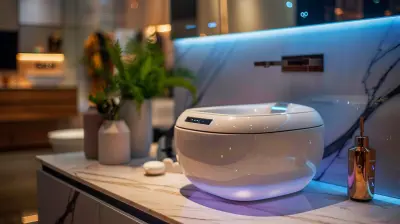How to Create a Smart Home That Works with Your Routine
22 November 2025
Imagine walking into your home after a long day at work. The lights dim to your favorite shade of cozy, your smart speaker is playing your chill playlist, and the air conditioner is humming just the way you like it. Sounds like a sci-fi movie, right? Nope, that’s your smart home knowing your routine better than your best friend does.
If the only "smart" thing in your house right now is your smartphone, it’s time we change that. Creating a smart home that actually works with your daily routine–instead of you wrestling with it to follow your commands–isn’t only possible, it’s actually a lot easier than it sounds. All you need is a bit of planning, the right gear, and a pinch of tech-savvy (we’ll help with that part, promise).
So, grab a cup of coffee (or a glass of wine, we don’t judge) and let’s break down how to create a smart home that gets you.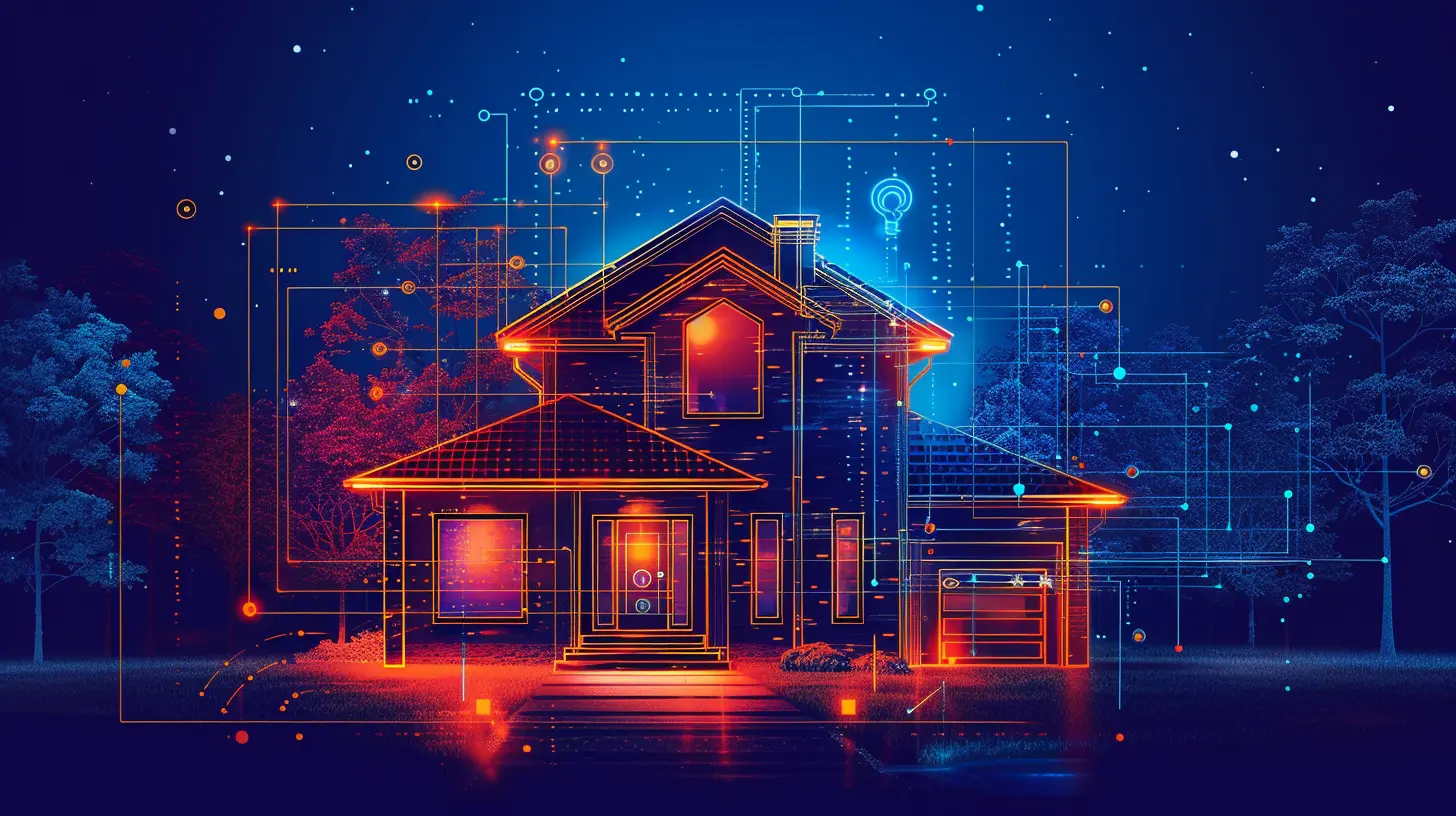
🏡 First Things First: What Is a Smart Home?
Before we run, let’s walk. A smart home is basically your home on steroids (the good kind!). It uses internet-connected gadgets to automate and control things like lighting, temperature, entertainment systems, appliances, and even things like blinds or sprinklers.At the center of it all? You. The goal is to make your life easier by syncing with your habits and routines.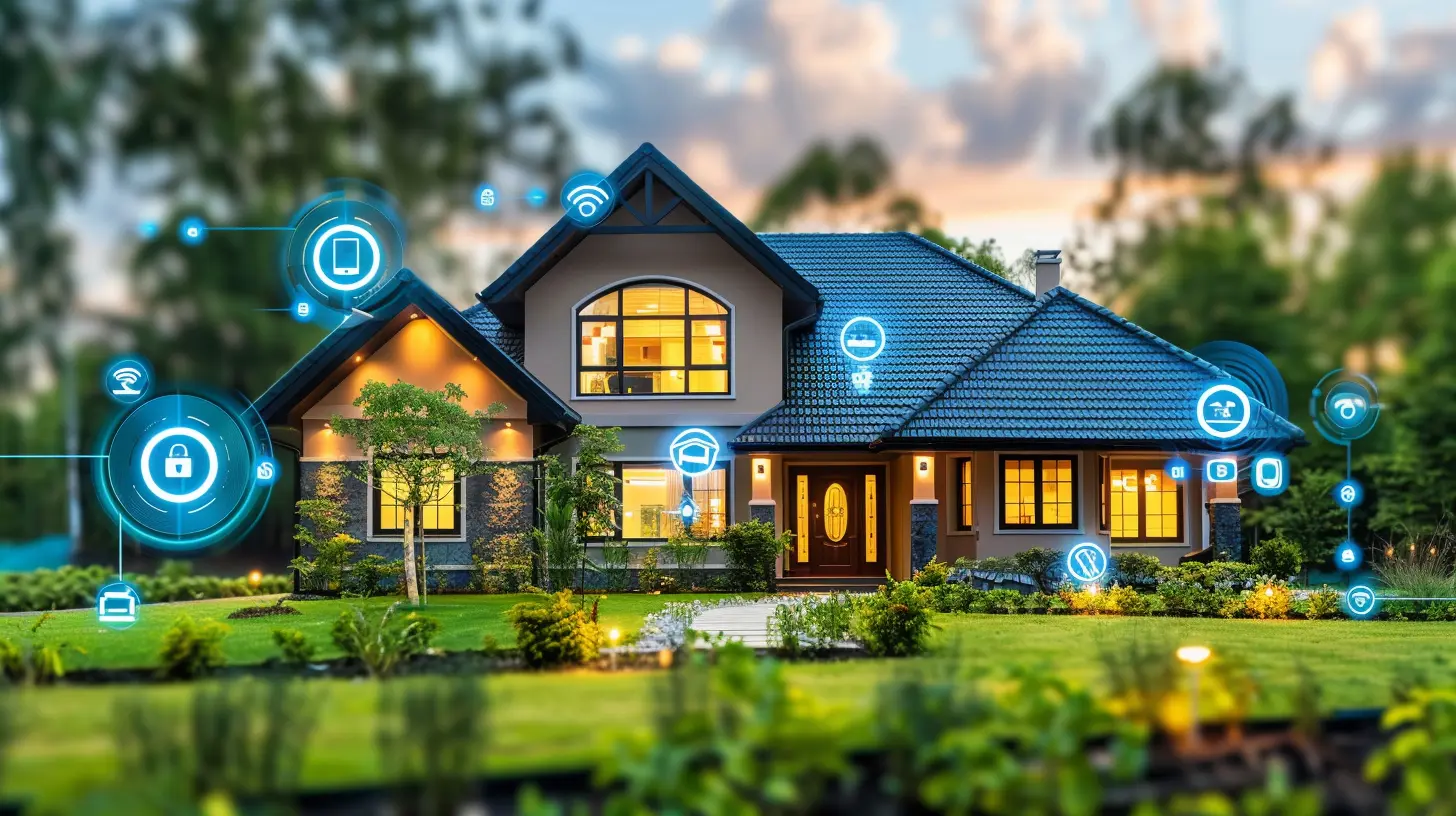
🧠 Step 1: Understand Your Daily Routine Like a Personal Assistant
Here’s a curveball: before you start shopping for smart gadgets, you need to understand your own routine. Yes, really.Ask yourself:
- What time do you wake up?
- When do you leave and return home?
- What chores do you hate doing?
- Do you forget to turn off lights? (Be honest.)
- Are you constantly adjusting the thermostat?
Once you have a feel for what your day-to-day looks like, you can start thinking about how smart tech can slide into your life like butter on warm toast.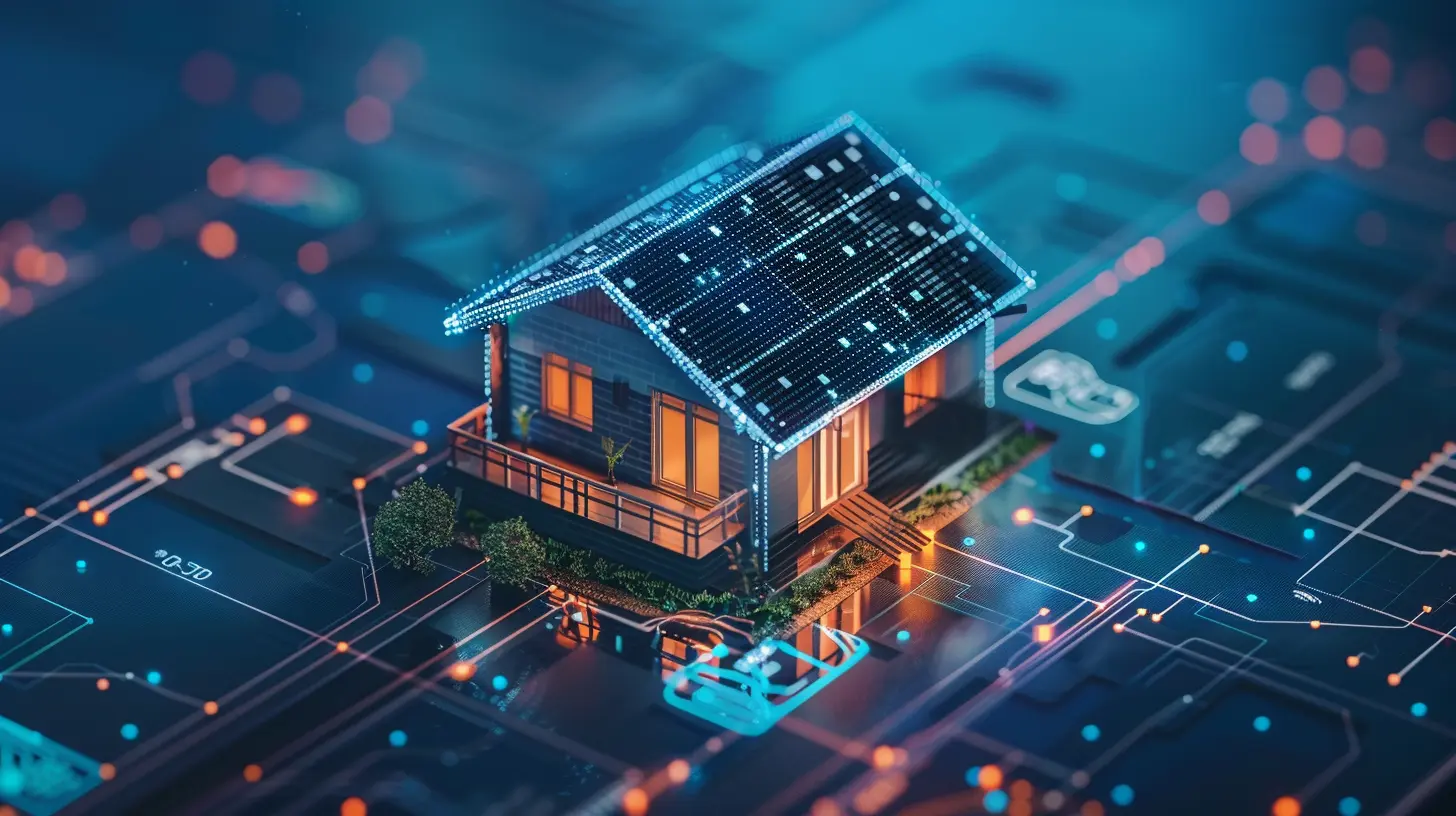
🤖 Step 2: Choose Your Smart Home Ecosystem (A.K.A. Your Robot Boss)
This is the command center. The brain. The conductor of your smart tech symphony.You’ve probably heard of these smart home ecosystems:
- Amazon Alexa
- Google Assistant
- Apple’s HomeKit
- Samsung SmartThings
Each has its own pros and quirks. If you’re already an iPhone user, HomeKit might be your jam. Android fans might lean towards Google Assistant. Alexa is currently the queen bee of compatibility and flexibility, but it comes down to personal preference.
Pick one and stick with it. Trust me, trying to mix ecosystems is like trying to get cats and dogs to agree on anything. It ain’t pretty.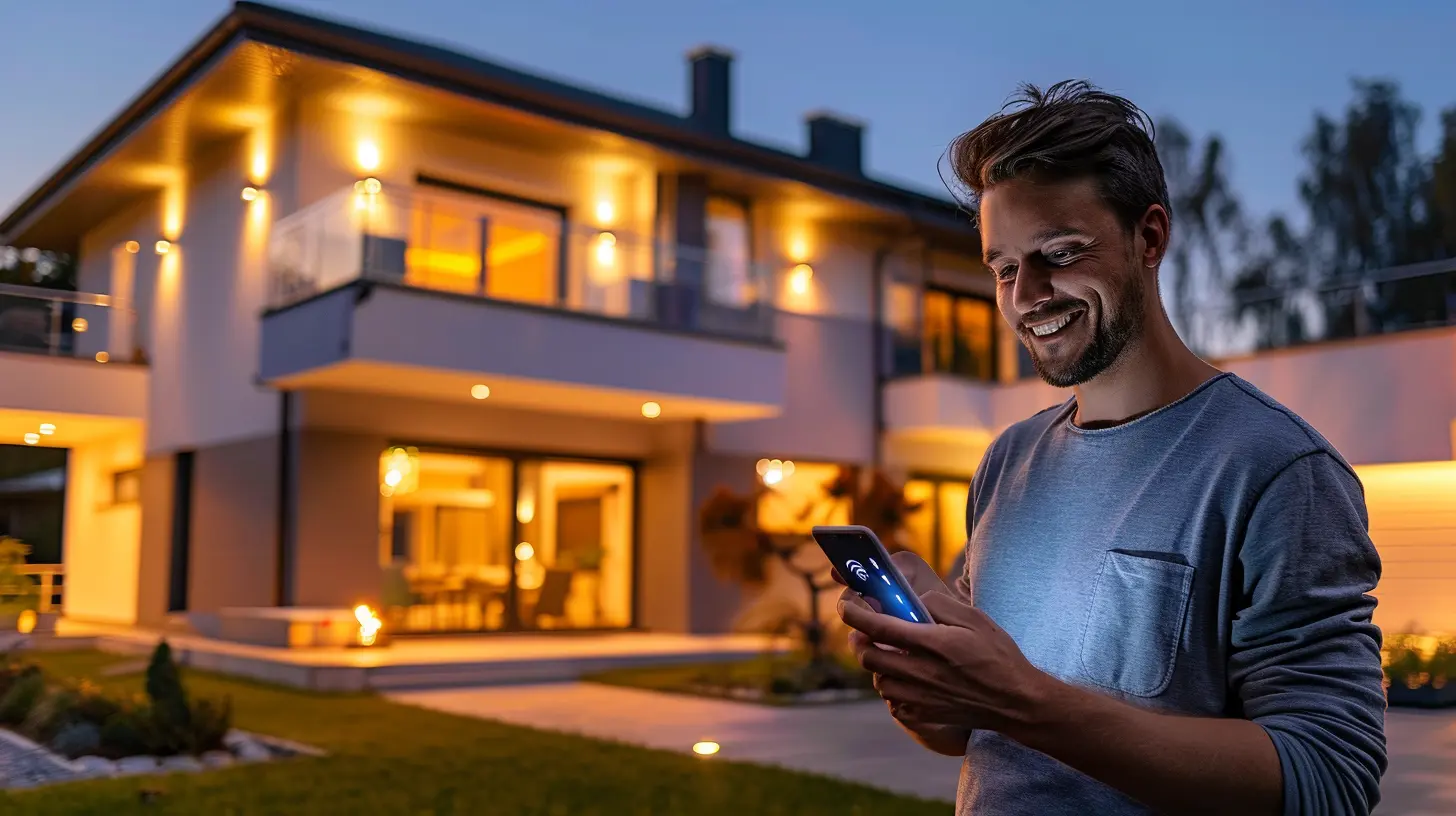
🛋️ Step 3: Start Smart (Devices, That Is)
Now comes the fun part: smart gadgets! You don’t need to go full Tony Stark right away. Start small and scale up. Here are the staples:1. Smart Lights
These are the gateway drug to smart homes. You can:- Change colors to fit your mood
- Dim without a dimmer switch
- Set schedules (like having lights turn on gradually like a sunrise)
- Control with your voice or phone
💡 Pro Tip: Use motion sensors in hallways or bathrooms. Midnight trips to the loo just got 99% less toe-stubbing.
2. Smart Thermostat
These bad boys learn your preferences and adjust the temperature based on your habits. Plus, they save you money on your utility bill. Win-win!Popular options: Nest, Ecobee, Honeywell.
They can even use geofencing to start cooling/heating when you’re almost home. Fancy, huh?
3. Smart Plugs
These are a budget-friendly way to dip your toe into automation. Plug in your coffee machine, fan, or even holiday lights and schedule them or control via app.It’s like turning old school gadgets into smart ones with a magic wand.
4. Smart Speakers & Displays
Besides playing music or answering random trivia questions, they’re your smart home's control center.“Hey Google, start my morning routine” can dim lights, read the news, start the coffee, and control the thermostat—all in one go. Like having a digital butler.
⏰ Step 4: Automate Your Day (This Is Where the Magic Happens)
Remember that morning routine you mapped out? Time to put that into automation mode.Here are some ideas to get your gears turning:
Morning Routine
- 6:30 AM: Bedroom lights slowly brighten (simulate sunrise).- 6:32 AM: Thermostat warms up the room.
- 6:35 AM: Smart speaker starts playing your wake-up playlist.
- 6:40 AM: Coffee starts brewing via smart plug.
- 6:45 AM: Bathroom speaker reads you the news or weather.
Boom. You’re officially a morning person... kinda.
Leaving the House
Set a “Leaving” routine:- All lights off
- Thermostat set to eco-mode
- Doors lock automatically
- Security cameras activate
Now you don’t have to run back in to check if you locked the door (we’ve all been there).
Evening Wind-Down
Picture this:- 9:00 PM: Living room lights dim to warm tones
- 9:05 PM: Smart blinds close
- 9:10 PM: Speaker starts playing soft jazz
- 9:30 PM: TV turns off, and “Do Not Disturb” activates on your phone
Smart homes aren’t just about convenience—they’re about setting the vibe, too.
🔒 Step 5: Don’t Forget Security (Because Hackers Don’t Knock)
Smart homes are cool, but they do open you up to some cybersecurity risks. Don't worry—we've got you covered.- Update Devices Regularly: Keep firmware up-to-date.
- Secure Your Wi-Fi: Use a strong password and enable WPA3 if possible.
- Change Default Passwords: Seriously, don’t be “admin123”.
- Use Two-Factor Authentication: For your smart ecosystem account.
- VLAN Setup: For the overachievers, separate your smart devices onto a different network.
❤️ Step 6: Make It Personal (This Is YOUR Smart Home)
At this point, you’re probably folks’ go-to “tech guy/gal” at family gatherings. But don’t stop here.You can tailor routines to different family members:
- Kids’ bedtime: Turn off Wi-Fi or disable TV access after 8 PM.
- Partner arrives home late? Trigger a welcome routine just for them.
- Hosting a party? Create a party scene with lights, music, and snacks timed to impress.
The options are endless once you start thinking creatively.
💸 Bonus: Smart Home = Smart Savings
Let’s talk money, honey.Smart thermostats can cut your energy bill by up to 20%. Smart lights? Even more savings, especially when you’re not accidentally lighting up the whole house 24/7.
Plus, smart leak detectors can prevent water damage (a.k.a. $$$ in repairs), and automated sprinkler systems can save on your water bill.
Basically, your smart home pays you back over time. Think of it like a piggy bank with Wi-Fi.
🧪 Pro-Level Tips to Level Up Your Smart Home Game
1. Use IFTTT or Home Assistant
These are for advanced automations. Like having your coffee maker turn on when your Fitbit senses you’re awake. 🤯2. Use Scenes and Groups
Want to turn off every light with one command? Group them. Want to switch your living room into “movie mode”? Create a scene.3. Geolocation FTW
Use your phone's location to automatically adjust things when you’re home or away. You’ll never leave the door unlocked again.🚀 Final Thoughts: Your Smart Home, Your Rules
Creating a smart home that works with your routine isn’t about decking your house out with every gadget under the sun. It’s about thoughtful integration. Start with the tasks that eat up your time or break your flow and automate them away.Before long, your home will feel less like four walls and more like a helpful roommate who actually listens.
So go ahead—embrace the future. Your smart home awaits.
all images in this post were generated using AI tools
Category:
Smart HomeAuthor:

Jerry Graham
Discussion
rate this article
1 comments
Anika Torres
Great article! I appreciate the tips on integrating smart devices with daily routines. It would be helpful to see examples of specific devices that work well together for seamless automation.
November 23, 2025 at 5:31 AM


